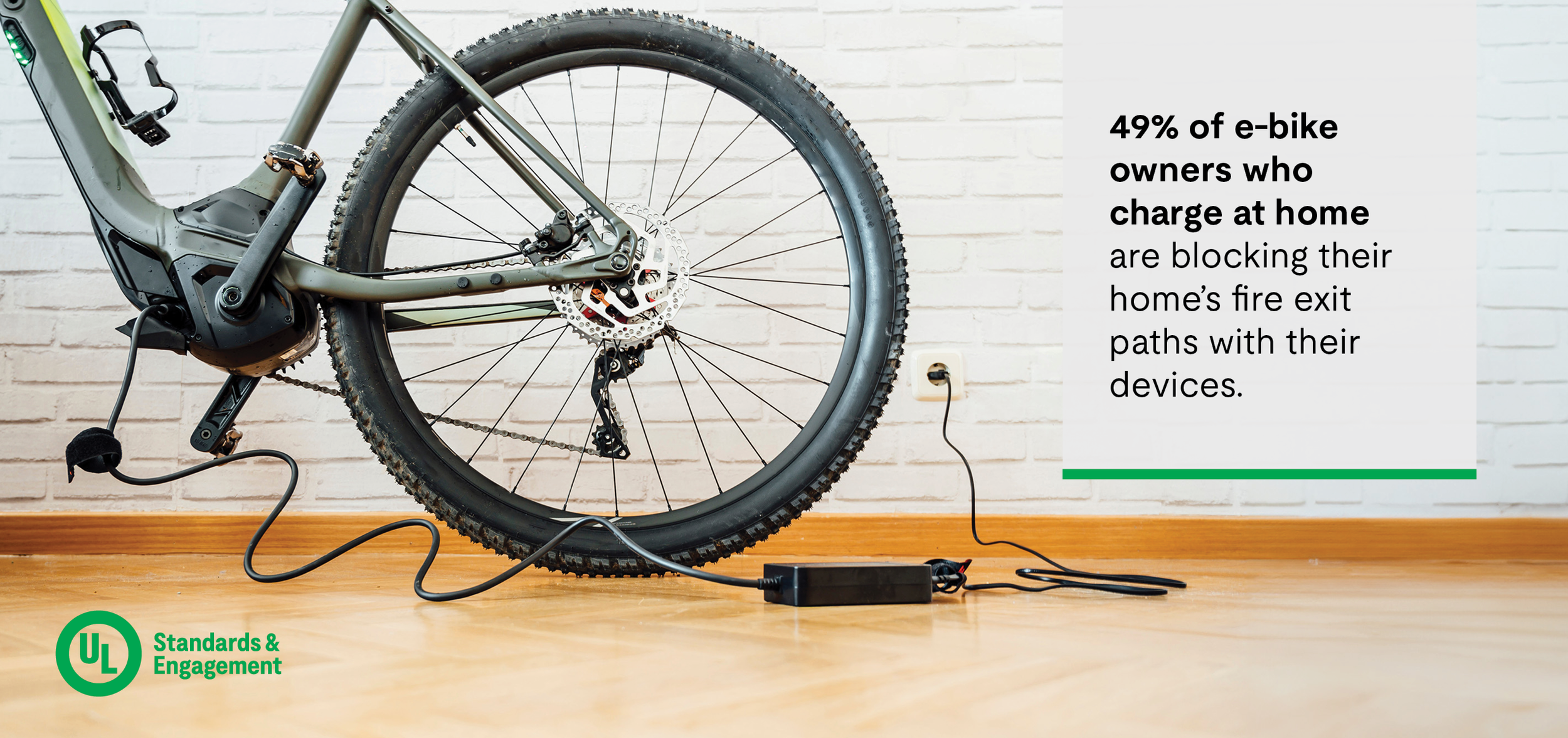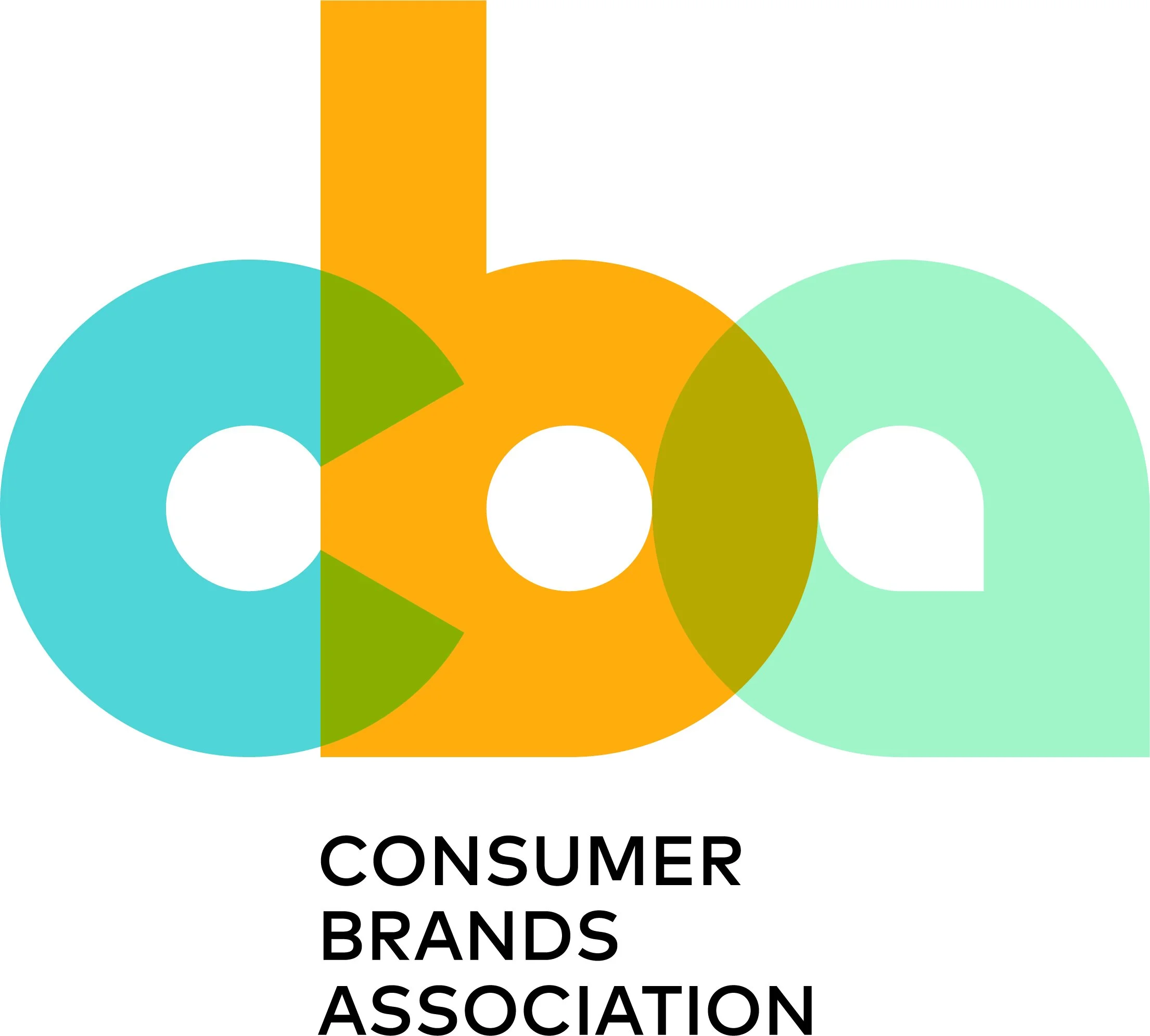Research Geek
Numbers tell a story. Smart communications make it a good one. My career has included substantial research work: quantitative, qualitative, in-depth interviews, focus groups, and more. The sample of original studies below show how data analytics can forecast trends, create actionable insights, and develop valuable resources. Oh, and you are more than welcome to call me a research geek.
Clarifying the stakes at UL Standards & Engagement
Tackling global safety challenges starts with getting target audiences to care about the problem. Through a series of reports on critical issues — including e-mobility fires, carbon monoxide poisoning, and aviation safety — my communications team worked with the research insights function to develop compelling narratives that drive action. Stakeholders were given key data points and resources to use and share, and media had new and different research to support stories that had not been done before.
Establishing and Building Out Research Function at consumer brands
After being recruited by the CEO to rebuild the association and working in partnership to develop the agenda and objectives, I launched the research function at the Consumer Brands Association.
Within two years, leveraging a staff of two, we released more than ten new research products, including the association’s first comprehensive economic impact report, a series examining the challenges of the U.S. recycling system, and a study of the CEO mindset with the participation of leaders from more than 20 CPG corporations.
State of American Vacation
State of American Vacation is a long-term study that was established to track key indicators of workers' time off habits. It was developed in 2015 to support the narrative of Americans' under-vacationed behavior and its root causes in the workplace. Each year explores a different theme within that framework, from work culture impressions of Millennials and what they mean for the future to technology's implications on the quality of vacation time. The study has become the go-to resource for media on vacation usage and is the centerpiece of everything Project: Time Off produces.
With a large sample size of around 6,000 Americans, the wealth of data in the survey allowed for a better understanding of individual demographics, something that helped shape advertising and communications campaigns for brands. With the ability to understand how working moms, Gen X, or workers in South Carolina felt about vacation time, brands and travel destinations were able to pair findings with their target audiences. Campaigns were launched by MasterCard, Alamo Rent A Car, LandShark beer, and Disney, among others, that used this research. Given the response to using more targeted demographics, we developed a data portal that lets users select and compare results of different segments. The access to this research is the foundation for the Project: Time Off Coalition, a group that supports the initiative's mission financially and through messaging.
Under-vacationed America
The wealth of data in the State of American Vacation survey was not lost on Project: Time Off either. With the ability to drill-down into state and city-level data, we created a report that compares and ranks locations across the country.
The report yielded tremendous local media coverage, driven mostly by U.S. Travel members who were able to take the data and do their own pitching and media releases. It was a simple, actionable way for the organization to put members out front and give them media wins in their home markets.
The Tethered Vacation
One of the questions I have been repeatedly asked in the media is if technology is ruining America's vacation time. We had anecdotal focus group evidence of that challenge, but not the numbers for it, so developed a set of questions as part of our larger survey that would dig into the influence of remote work.
Our central thesis in developing this report was that most people fear unplugging, something that proved true, but that many Americans were so ingrained in their day-to-day because of technology that they are not stopping to book a vacation in the first place. Of the questions we asked, most laddered up to this central thesis, which helped shape the story we wanted to tell—one that felt authentic to what we heard from real people every day.
The most effective research taps into and confirms a common struggle and shared emotion. The numbers tell the story, but by starting with an identifiable issue, you determine the genre.




